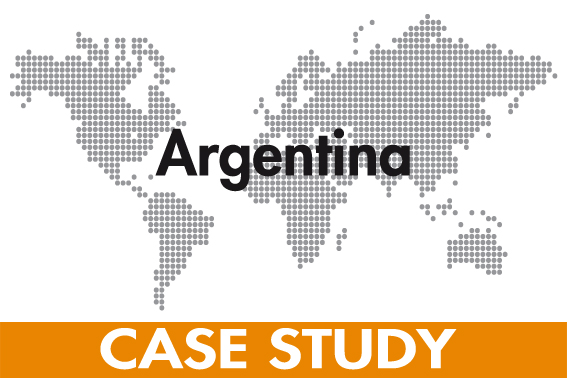Case Study: Argentine poultry sector grows despite challenges

Broiler production in Argentina is projected to reach a new record high of 2.1 MMT in 2016, fuelled by lower production costs due to low feed prices and modest export growth supported by excellent sanitary conditions and greater demand from South Africa, the Middle East and other markets.
However, despite lower feed costs in 2015, the financial situation of the industry for the first 4 or 5 months was very difficult due to low domestic prices and high production costs for other expenses. As a result, 3 big poultry producers are currently facing bankruptcy procedures, a recent USDA Gains report states.
Vertically integrated poultry industry
The Argentine poultry industry has made large improvements in expanding plants and purchasing equipment in the last few years. The local industry is vertically integrated to a significant degree which allows for production efficiency, excellent product quality, product standardisation and tight traceability.
Approximately 80% of the country’s total production is processed in 58 federally inspected plants across the country. The rest is produced by smaller companies approved and controlled by provincial authorities that only sell in the areas where they are located, and are not approved to export. Most companies are domestically owned and receive no foreign investment.
Argentina is a relatively new presence in the world poultry market and now ranks 8th in production after the United States, China, Brazil, EU, India, Mexico and Russia. Its natural advantages as a producer of corn and soybeans and excellent sanitary conditions make it a key player to meet growing global demand.
Domestic poultry consumption stagnant
Broiler consumption in Argentina is expected to remain stagnant at 1.85 MMT, about 43 kg per capita in 2016. Although Argentines have always consumed large volumes of beef (almost on a daily basis), the deteriorated purchasing power of the consumers and competitive retail prices of poultry are resulting in an upward trend in the consumption of poultry which continues to be the least expensive animal protein.
Per capita consumption went from 40 kg in 2014 to 43 kg in 2015. Argentine consumers continue to be among the largest beef consumers in the world, and in order to keep prices under control, the government has limited beef exports. Of the estimated 117 kg per capita consumption of animal protein, 59kg is beef, 43 kg chicken and 15 kg is pork (including both fresh and processed).
Main poultry export markets
Argentina’s main poultry export markets are South Africa (17%), Chile (9%), Saudi Arabia (8%), the United Arab Emirates (6%), Venezuela (6%), Angola (5%) and Russia (4%).It is estimated that of the total exported volume 66% will be whole chicken, 5% breasts, and 9% quarter legs. Other products make up the remaining export balance.
The strong local currency the Argentine peso continues to run at a slower pace than inflation which makes Argentine exports less competitive, especially after Brazil recently devalued its currency and thus raised its competiveness. The sector, however, has invested in increased capacity and is ready to face the challenges of the demand of new markets, especially Asian markets.
With exports to Venezuela declining dramatically due to domestic investment, Argentina has offset the loss with higher shipments to other markets in the Middle East –United Arab Emirates and Saudi Arabia – along with South Africa. With this in mind Argentine broiler meat exports for 2016 are forecast at 250,000 MT, 19% higher than USDA’s revised 2015 estimate.
Source: USDA













